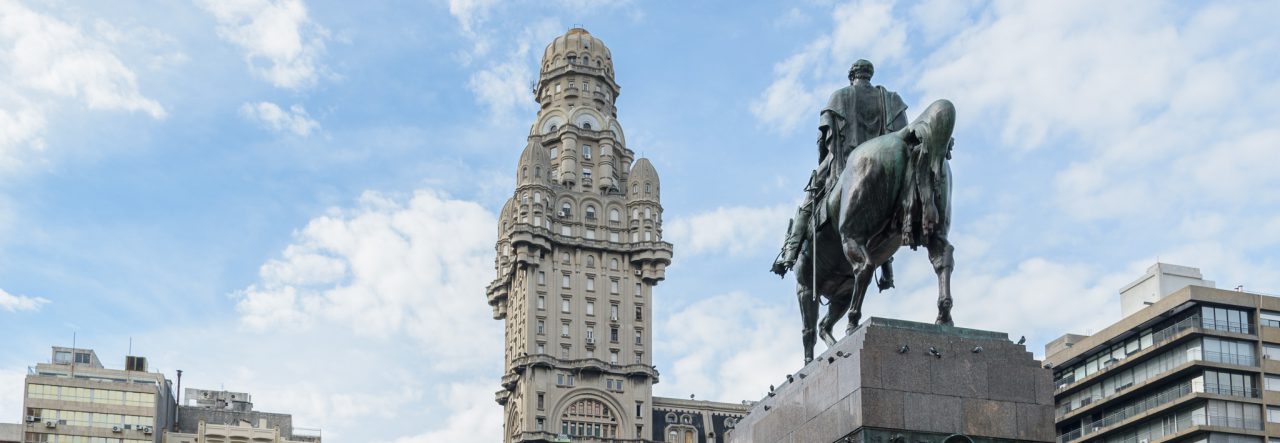Uruguay’s latest export data, released yesterday, showed a clear increase in Uruguay’s total exports. Soy remained Uruguay’s top export. However, the data also showed a clear decrease in exports to Argentina, which has maintained strong restrictions on imports despite the changes it has implemented to its macroeconomic policies.
Uruguay’s exports increased 7.8% in May over May 2013, according to data from the Instituto Uruguay XXI. Uruguay’s exports have increased 5% between January and May of 2014. The total value of Uruguay’s exports in May reached $1,128 million USD, $81 million USD more than in May 2013.
Brazil remained the number one destination for Uruguayan exports despite a .2% drop between January and May. China remained the second biggest destination for Uruguayan exports. Exports to China fell 14.4% since January. The Nueva Palmira free trade zone received the third most Uruguayan exports. Venezuela, following a 33.5% increase between January and May, was the fourth most significant destination.
Uruguayan exports to Uruguay fell 16.3% during the first five months of 2014 when compared to the same period in 2013. The value of Uruguayan exports to Argentina decreased $33 million USD over the same period. Argentina remains the fifth largest destination for Uruguayan exports.
With Argentina “something chronic” is happening, Álvaro Queijo, the president of Uruguay’s Exporter’s Union (UEU), told the newspaper El Observador. “On one side trade is not good and on the other, Argentina’s changes to the exchange rate at the end of January caused [Uruguayan exporters] to lose competitiveness”. “That the official exchange rate has gone from $ 6 (Argentinean Pesos) to $8 which has changed the numbers a little. Whats more, the restrictions have not changed, they have remained the same; Argentina’s industry is very reluctant to buy imports”, explained Quejio.
Quejio does not believe that there will be any significant changes in the short-term to produce an opening for trade or an improvement in Argentina’s macroeconomic conditions. “This is a process that has been going on for some time, for some two or three years, with a continuing deterioration of exports to this country. If we compare it to 2012 the drop is bigger and if we use 2011 the decrease is even more pronounced”.
Quejio reported that the sectors most affected have been clothing, graphics, chemicals and plastics. He added that Brazilian demand does not make up for the fall in sales to Argentina. The decrease in exports to China, nearly 15%, can be attributed to the significant increase in exports to the Nueva Palmira free trade zone as most products are usually shipped from there to China.
Soy Stays In Front
Soy remained Uruguay’s principal export in May. Sales to abroad increased 14.7% over May of 2013 and represented 39% of Uruguay’s total exports in May. “Despite decreasing 2.8% over sales in May 2013, frozen beef was Uruguay’s second biggest export, making 9.3% of the total” reported the Uruguay XXI institute. Concentrated milk came in third with 4.9% of the total. Exports of live cattle saw the biggest increase in May. Sales of live cattle in May of 2013 did not even reach $300,ooo USD, in May of 2014 they topped $15 million USD.
This Uruguayan Business Reports news article is a translation of a news article that appeared in the Uruguayan newspaper El Observador. The original article is available in Spanish here. Uruguay Business Reports translation by Donovan Carberry.




